Unlocking the Secrets of Structural Reinforcement: A Comprehensive Guide to Testing and Analysis
Overview of Structural Reinforcement Testing
Structural reinforcement is a critical process that ensures the safety, durability, and stability of buildings and infrastructure. **Accurate testing** plays a vital role in determining the quality and reliability of reinforcement materials and systems. This article dives deep into the methods, tools, and applications of structural reinforcement testing to help professionals make informed decisions.
Sample Collection for Reinforcement Testing
Accurate sample collection is the cornerstone of effective testing. Samples are typically taken from **reinforcement steel bars, concrete cores, or composite materials** used in construction. Strict protocols are followed to ensure the integrity and representativeness of samples. For instance, steel bars are cut at specific locations, while concrete cores are drilled using diamond-tipped coring machines. All samples are labeled and transported under controlled conditions to prevent contamination or degradation.
Key Testing Parameters for Structural Reinforcement
Testing of reinforcement materials involves several key parameters:
- Tensile Strength: Evaluates the maximum stress steel or other materials can withstand before breaking.
- Yield Strength: Determines the stress point at which a material begins to deform permanently.
- Bond Strength: Measures the adhesion between concrete and reinforcement steel.
- Corrosion Resistance: Assesses the material's ability to withstand environmental degradation.
Instrumentation for Reinforcement Testing
State-of-the-art instruments are indispensable for precision testing. Commonly used tools include:
- Universal Testing Machines (UTM): For measuring tensile and yield strength of materials.
- Bond Testing Equipment: To assess the interface between concrete and steel.
- Corrosion Meters: For detecting and quantifying corrosion in steel bars.
- Non-Destructive Testing (NDT) Tools: Such as ground-penetrating radar (GPR) and ultrasonic pulse velocity meters for assessing structural conditions without damaging materials.
Testing Methods for Structural Reinforcement
A variety of methods are used to test structural reinforcement materials. Some of the most common include:
- Destructive Testing: Methods like tensile testing that physically stress samples to failure.
- Non-Destructive Testing (NDT): Techniques such as X-ray diffraction and ultrasonic testing, which analyze materials without causing damage.
- Chemical Analysis: For assessing the composition and purity of reinforcement materials, including steel and concrete.
Conclusion: The Role of Testing in Structural Safety
Structural reinforcement testing is not just a technical necessity—it is a **vital safeguard** against structural failures. By employing meticulous sample collection, advanced instrumentation, and robust testing methods, engineers can achieve unparalleled levels of precision and reliability. As construction challenges evolve, so too must our approach to testing, ensuring that safety remains the cornerstone of every project.

检测资质(部分)
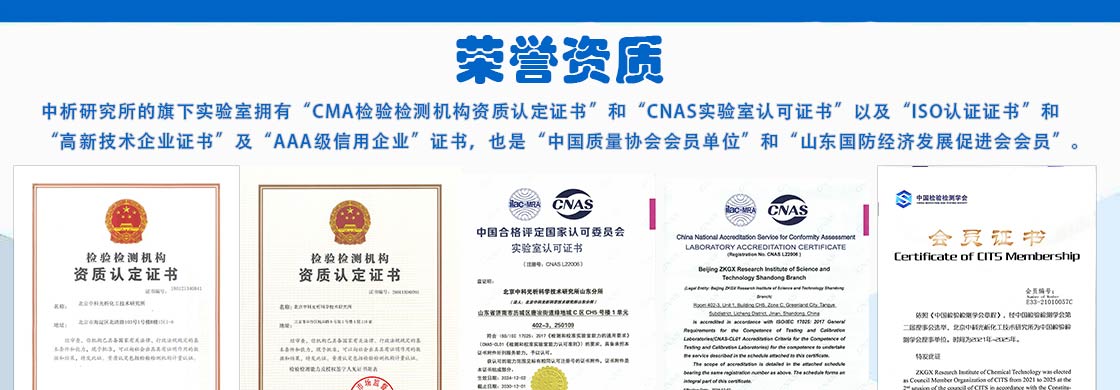
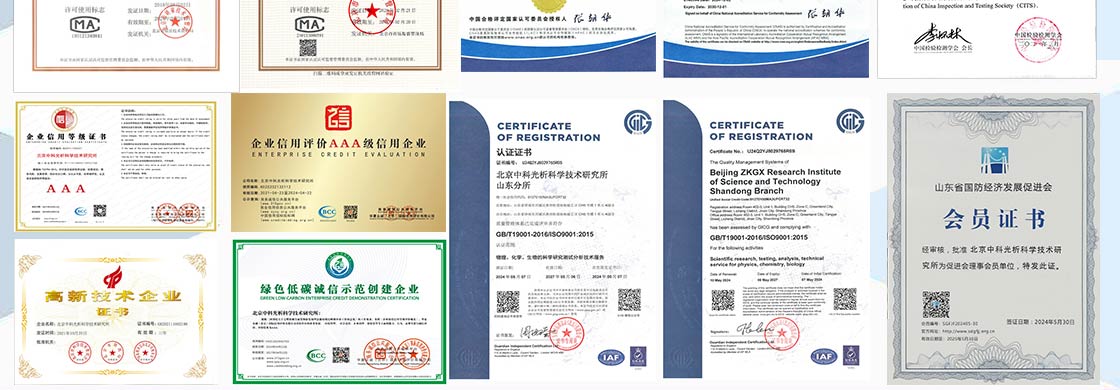

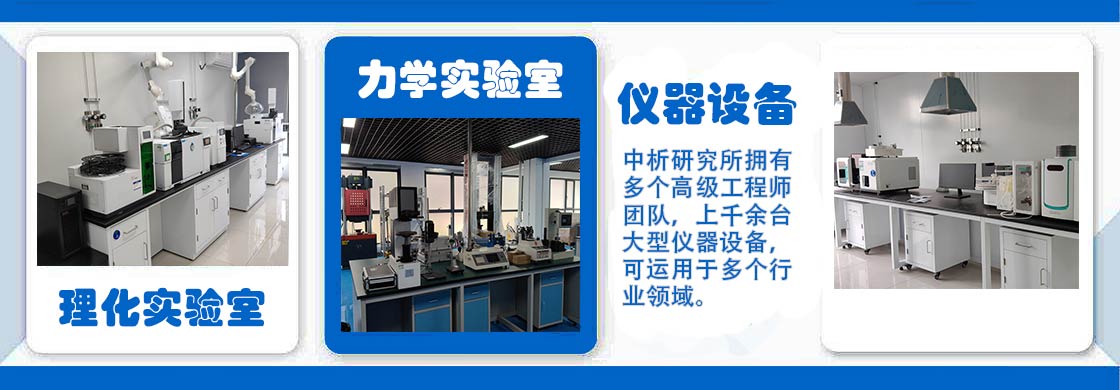
检测实验室(部分)



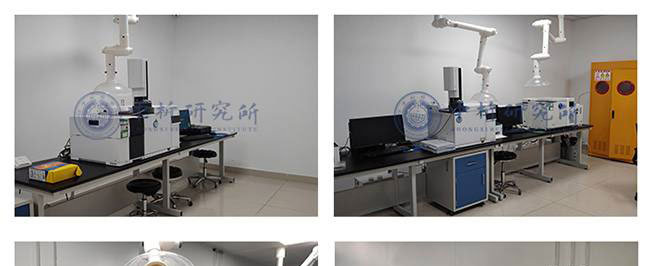
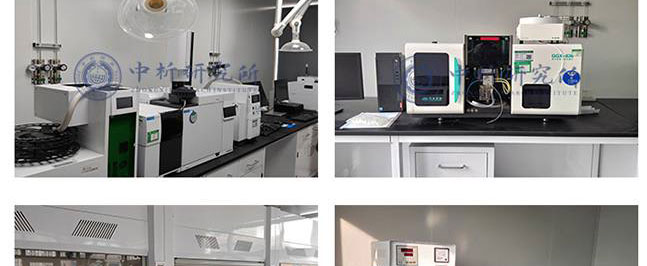
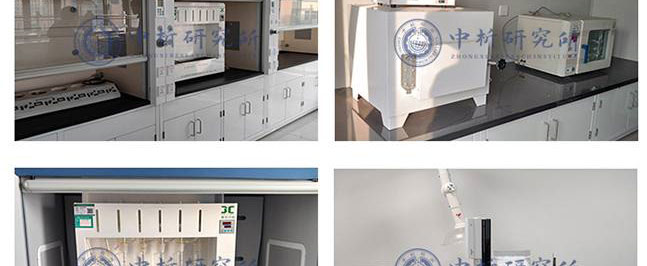
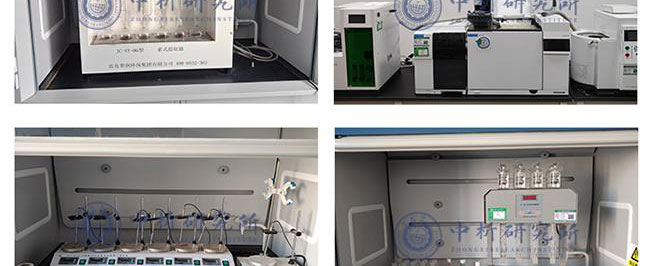
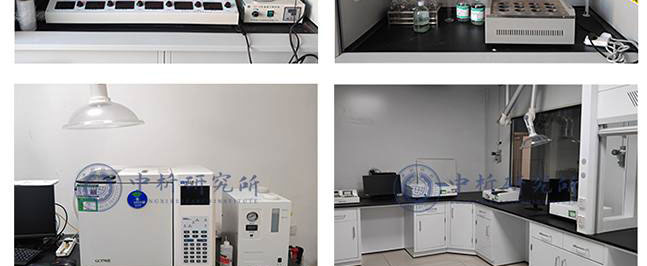
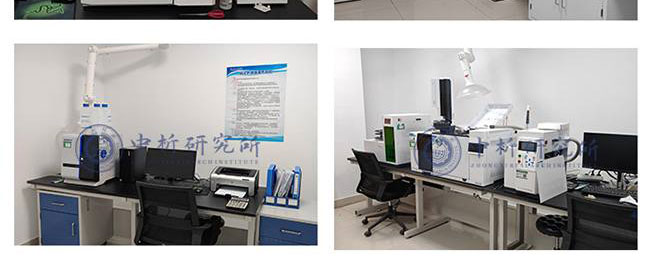
合作客户(部分)





检测报告作用
1、可以帮助生产商识别产品的潜在问题或缺陷,并及时改进生产工艺,保障产品的品质和安全性。
2、可以为生产商提供科学的数据,证明其产品符合国际、国家和地区相关标准和规定,从而增强产品的市场竞争力。
3、可以评估产品的质量和安全性,确保产品能够达到预期效果,同时减少潜在的健康和安全风险。
4、可以帮助生产商构建品牌形象,提高品牌信誉度,并促进产品的销售和市场推广。
5、可以确定性能和特性以及元素,例如力学性能、化学性质、物理性能、热学性能等,从而为产品设计、制造和使用提供参考。
6、可以评估产品是否含有有毒有害成分,以及是否符合环保要求,从而保障产品的安全性。
检测流程
1、中析研究所接受客户委托,为客户提供检测服务
2、客户可选择寄送样品或由我们的工程师进行采样,以确保样品的准确性和可靠性。
3、我们的工程师会对样品进行初步评估,并提供报价,以便客户了解检测成本。
4、双方将就检测项目进行详细沟通,并签署保密协议,以保证客户信息的保密性。在此基础上,我们将进行测试试验.
5、在检测过程中,我们将与客户进行密切沟通,以便随时调整测试方案,确保测试进度。
6、试验测试通常在7-15个工作日内完成,具体时间根据样品的类型和数量而定。
7、出具检测样品报告,以便客户了解测试结果和检测数据,为客户提供有力的支持和帮助。
以上为Unlocking the Secrets of Structural Reinforcement: A Comprehensive Guide to Testing and Analysis的检测内容,如需更多内容以及服务请联系在线工程师。
